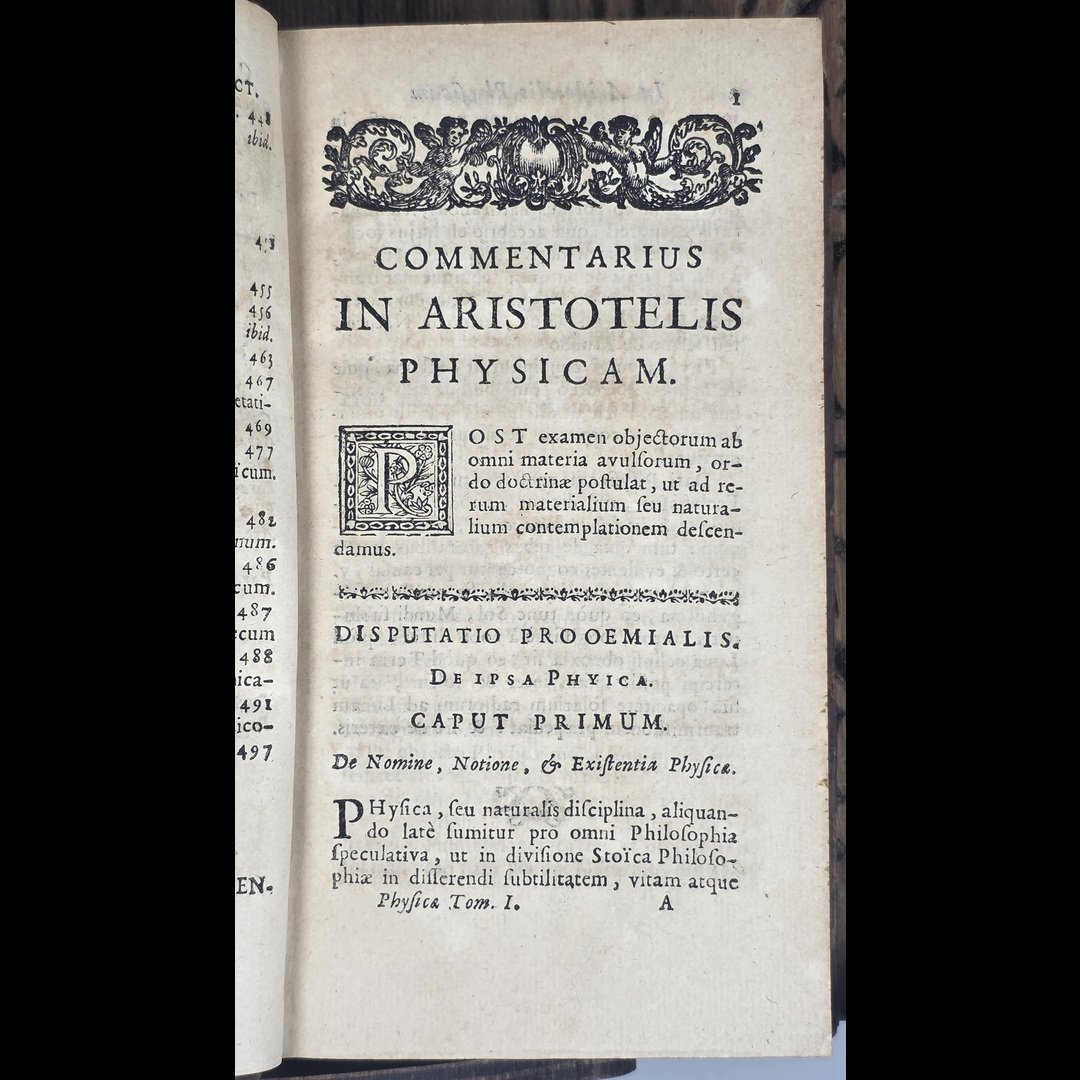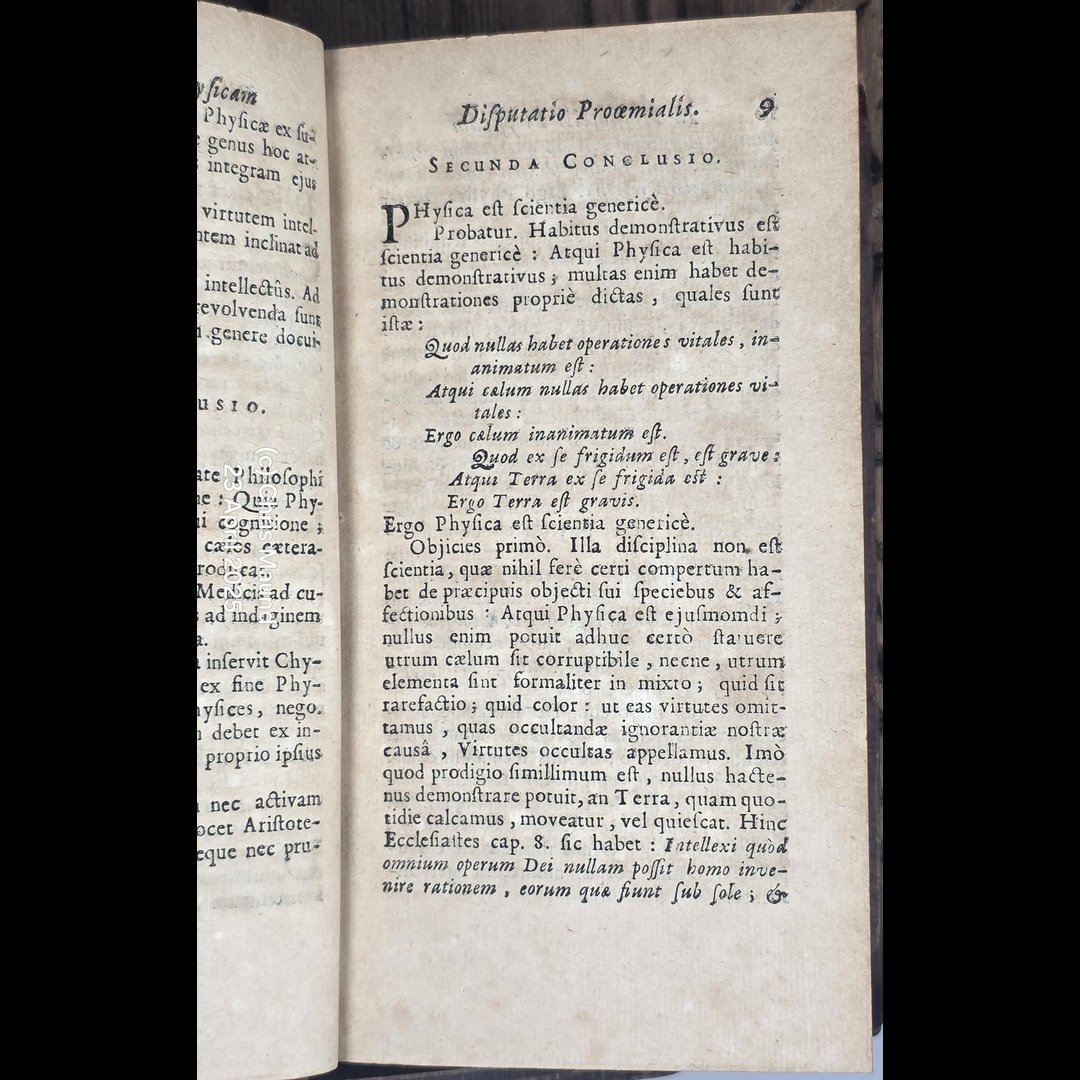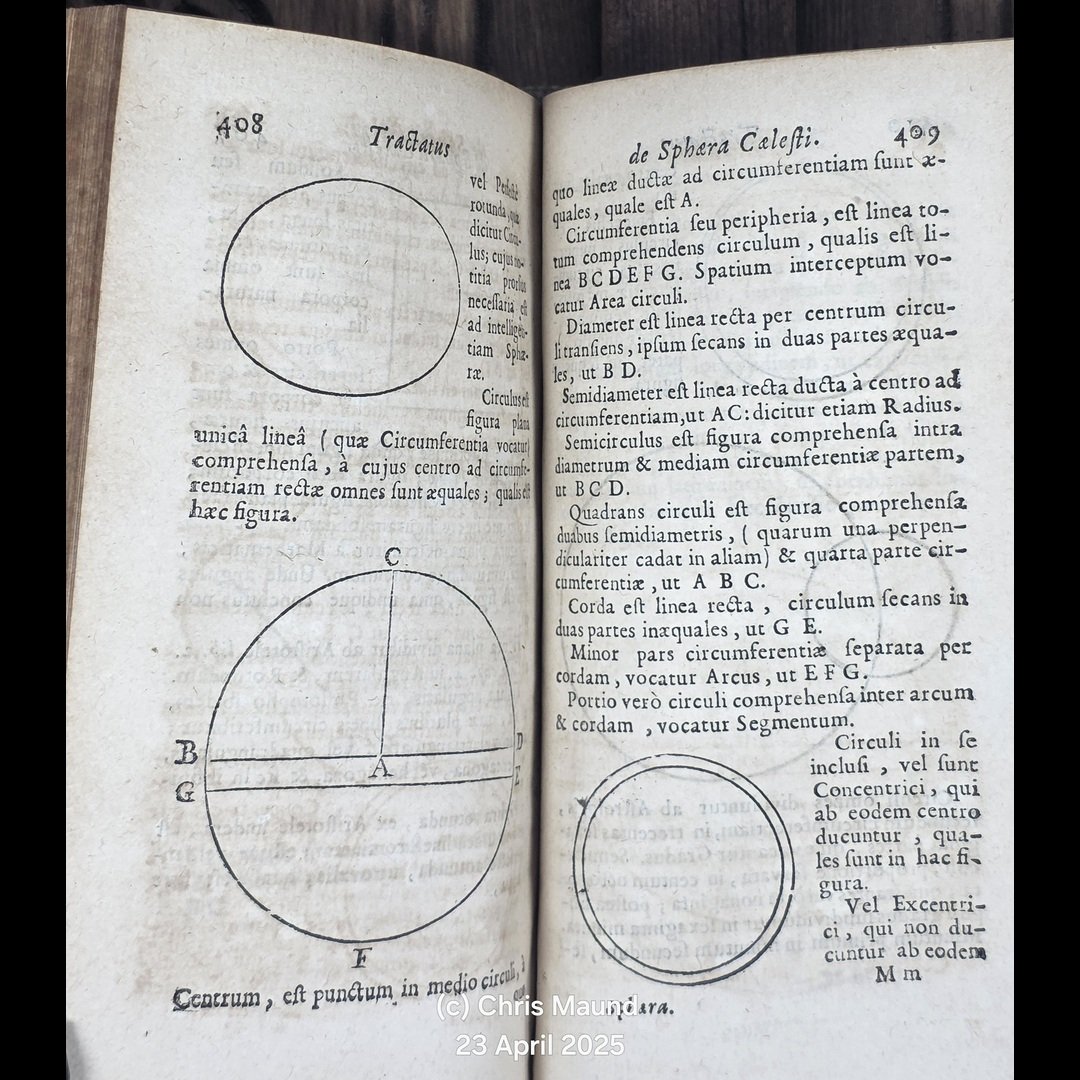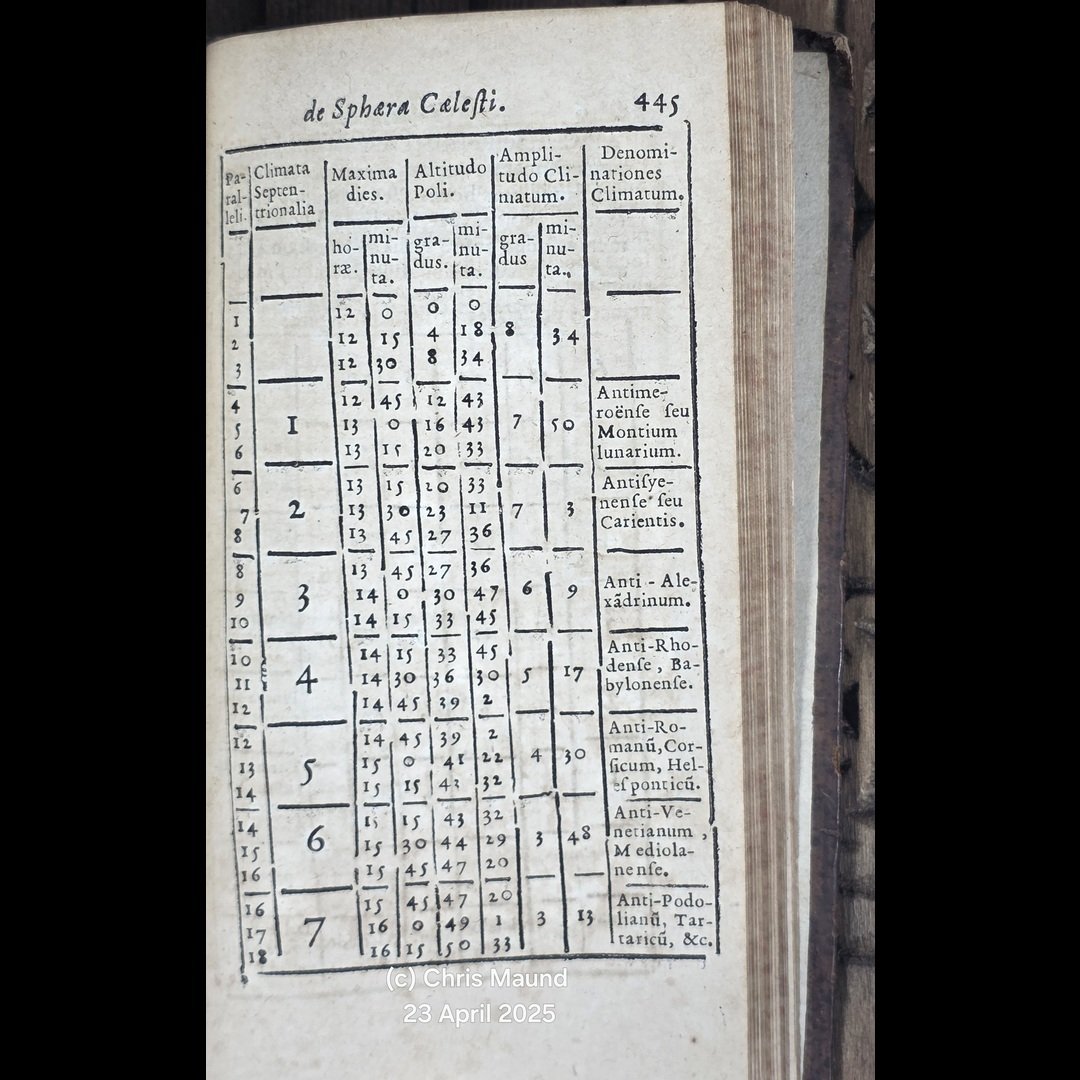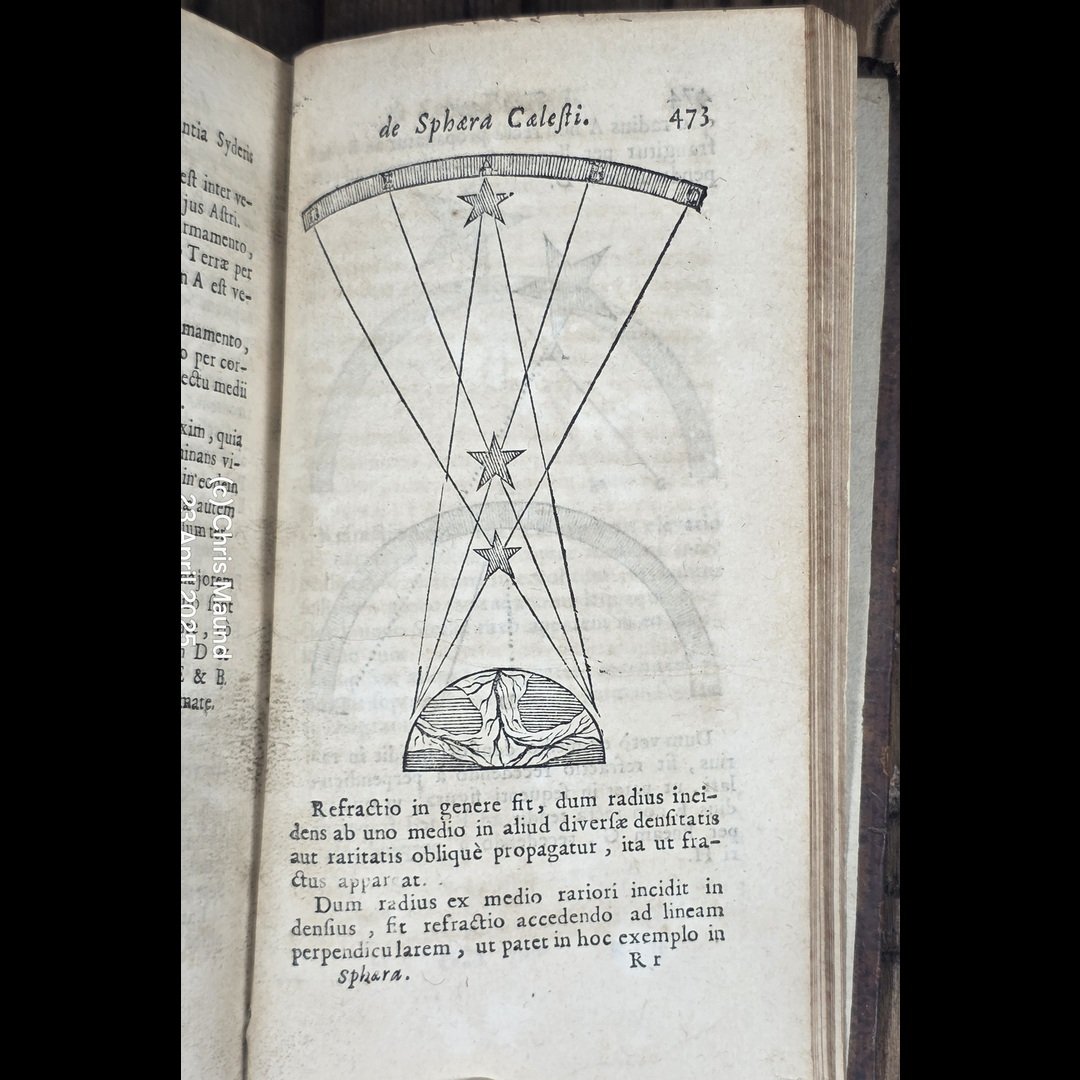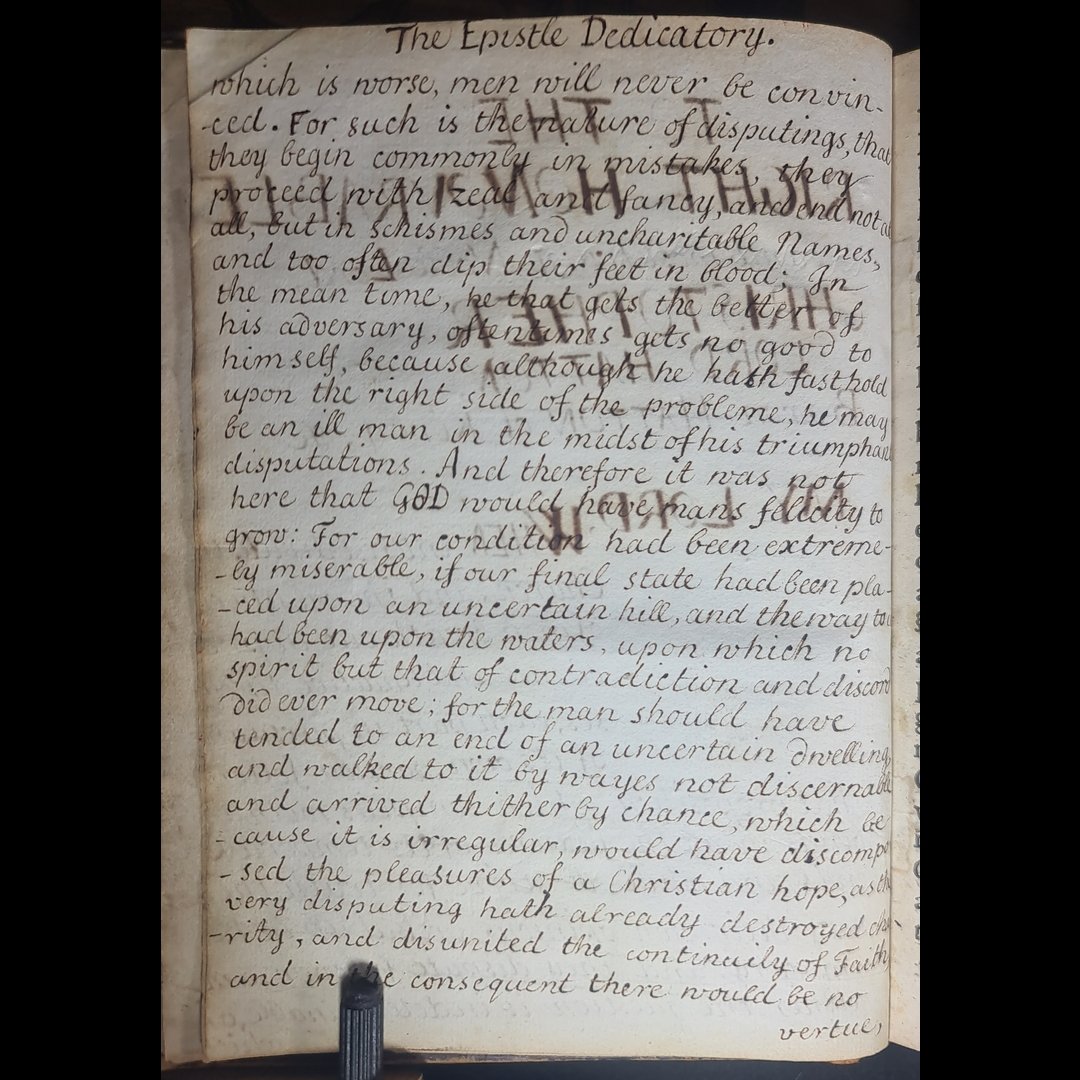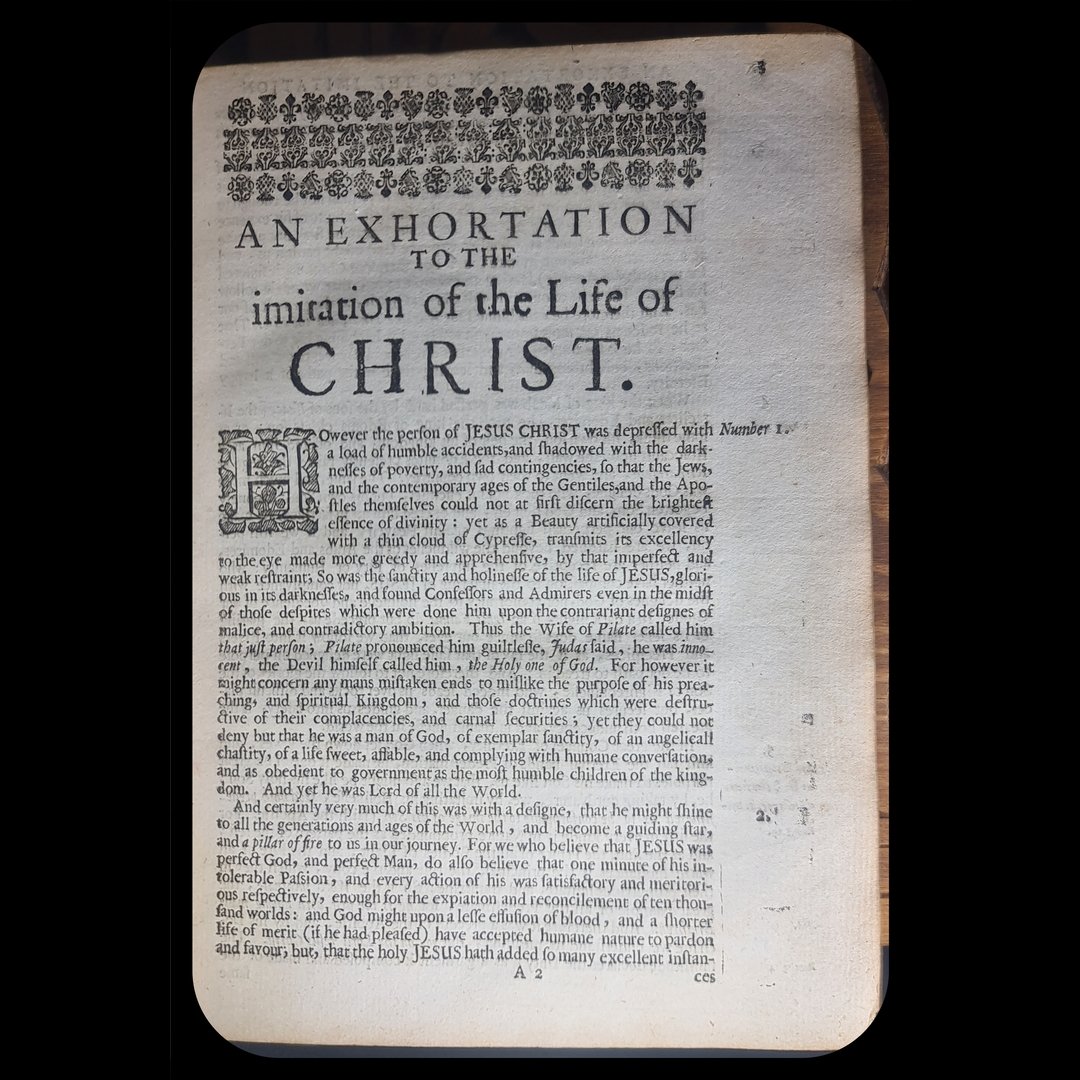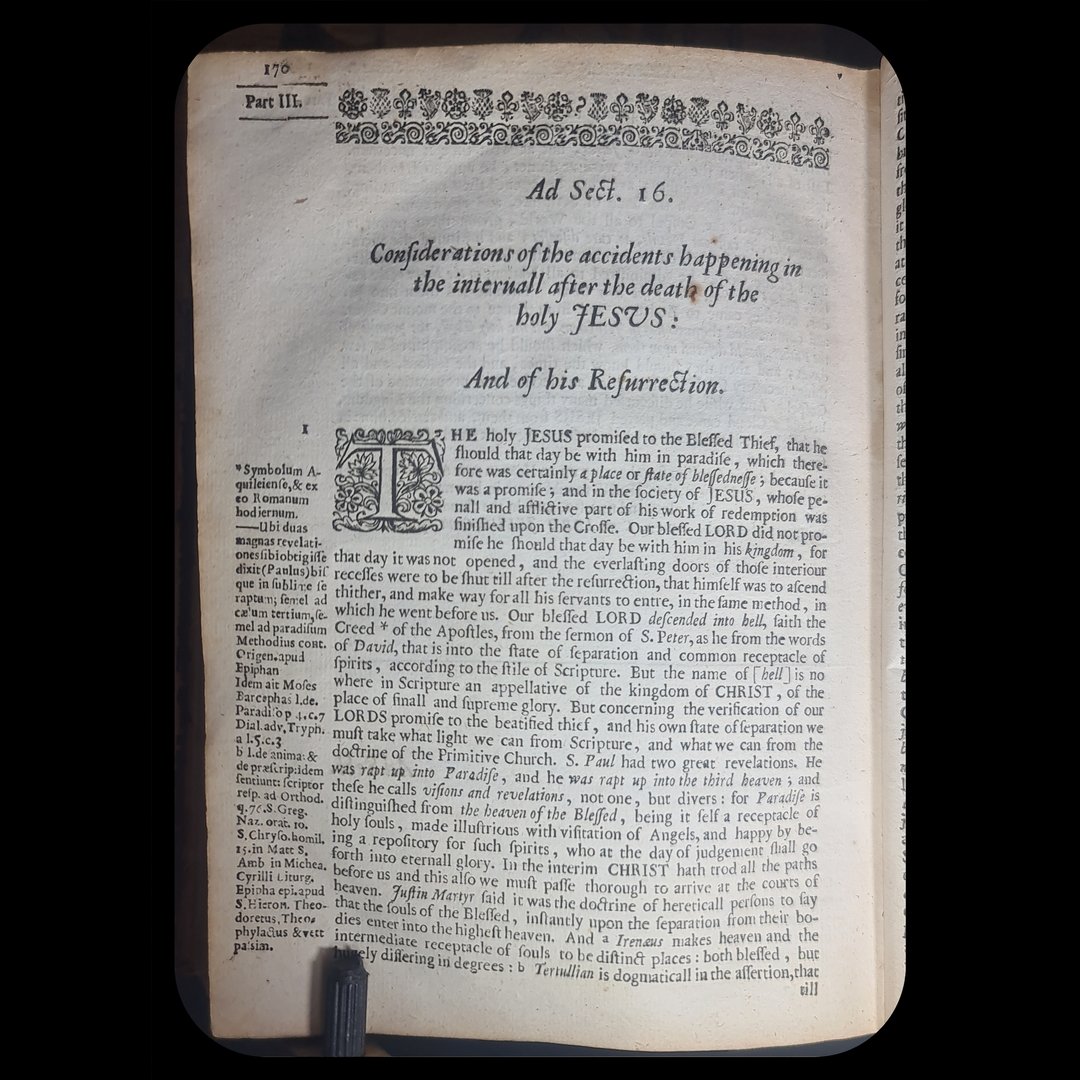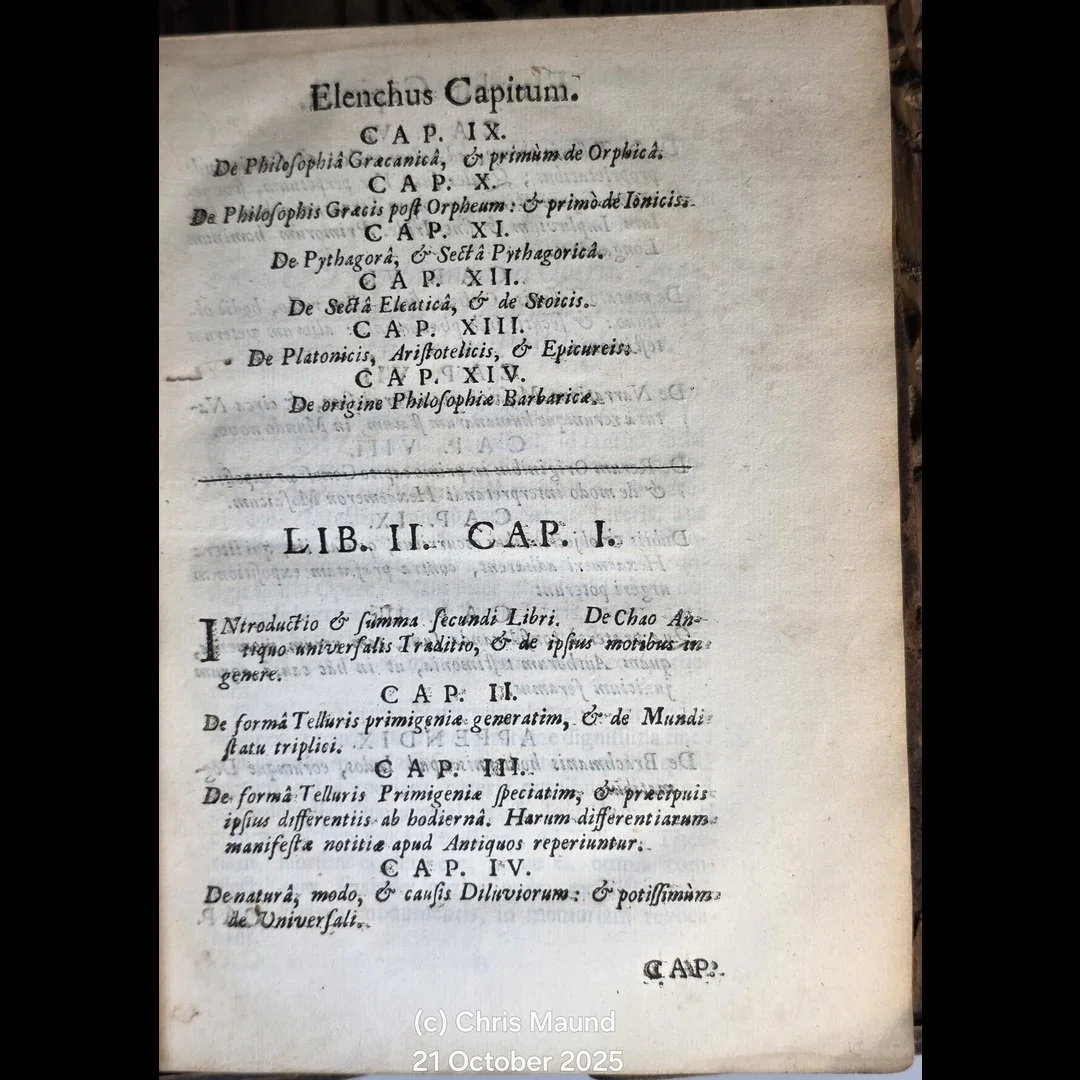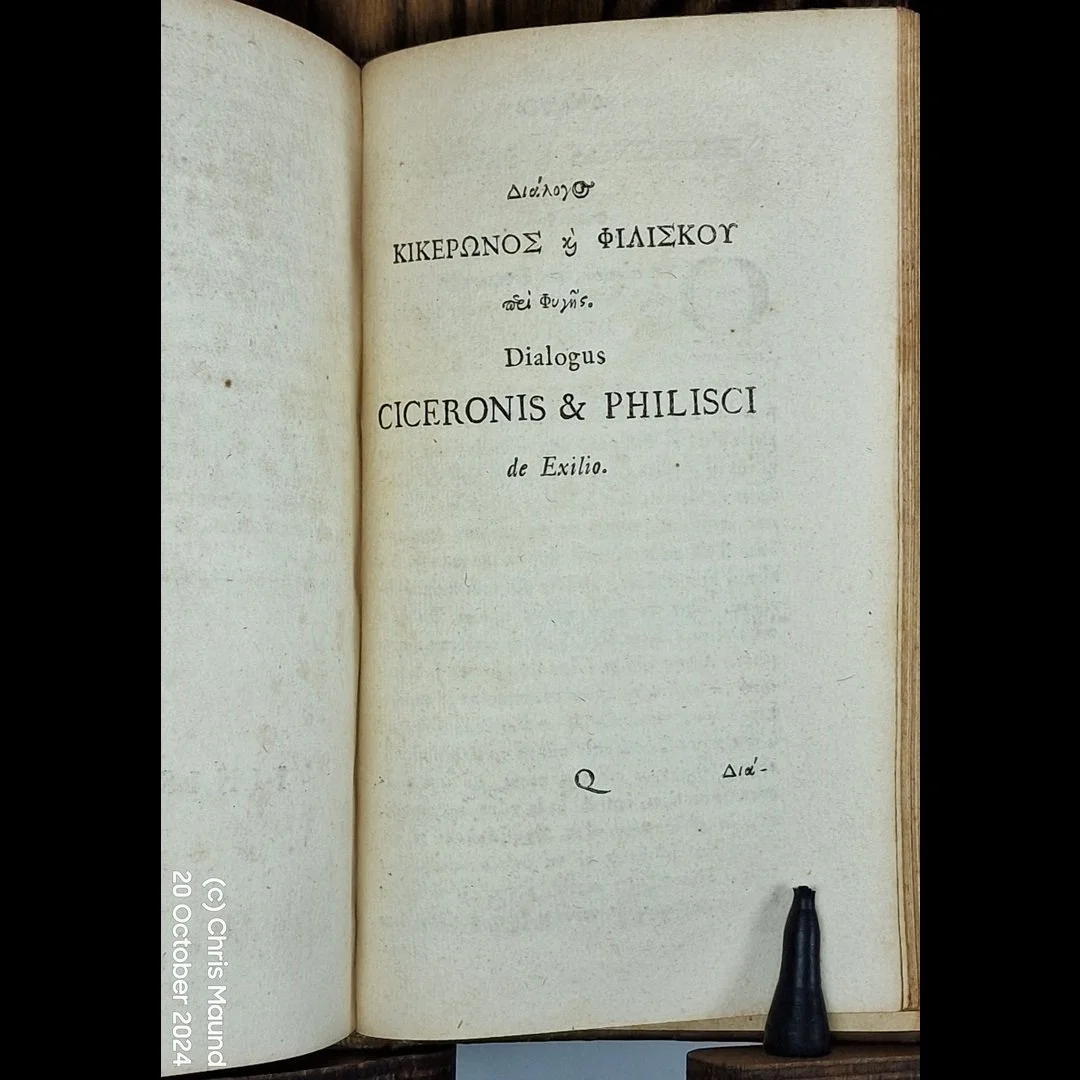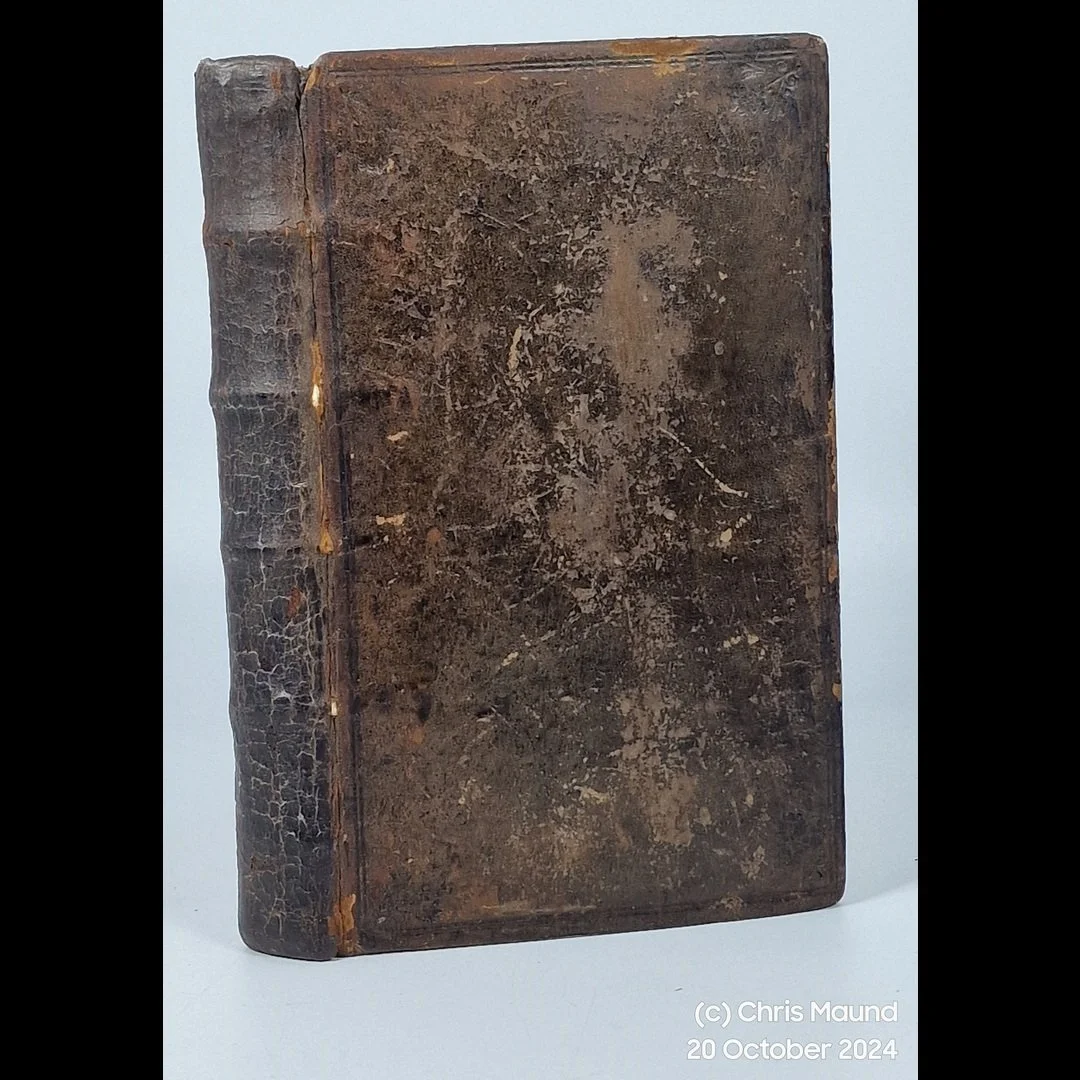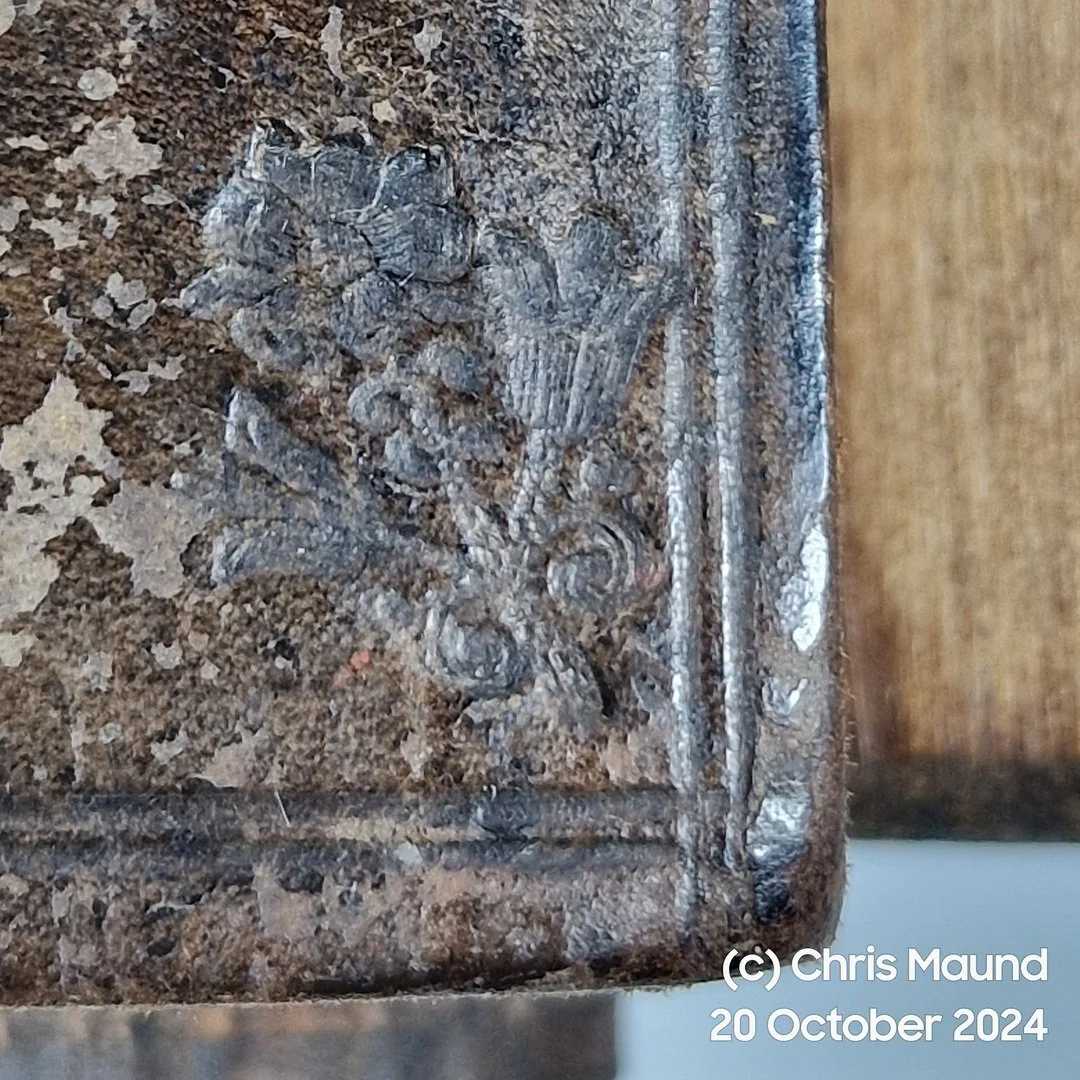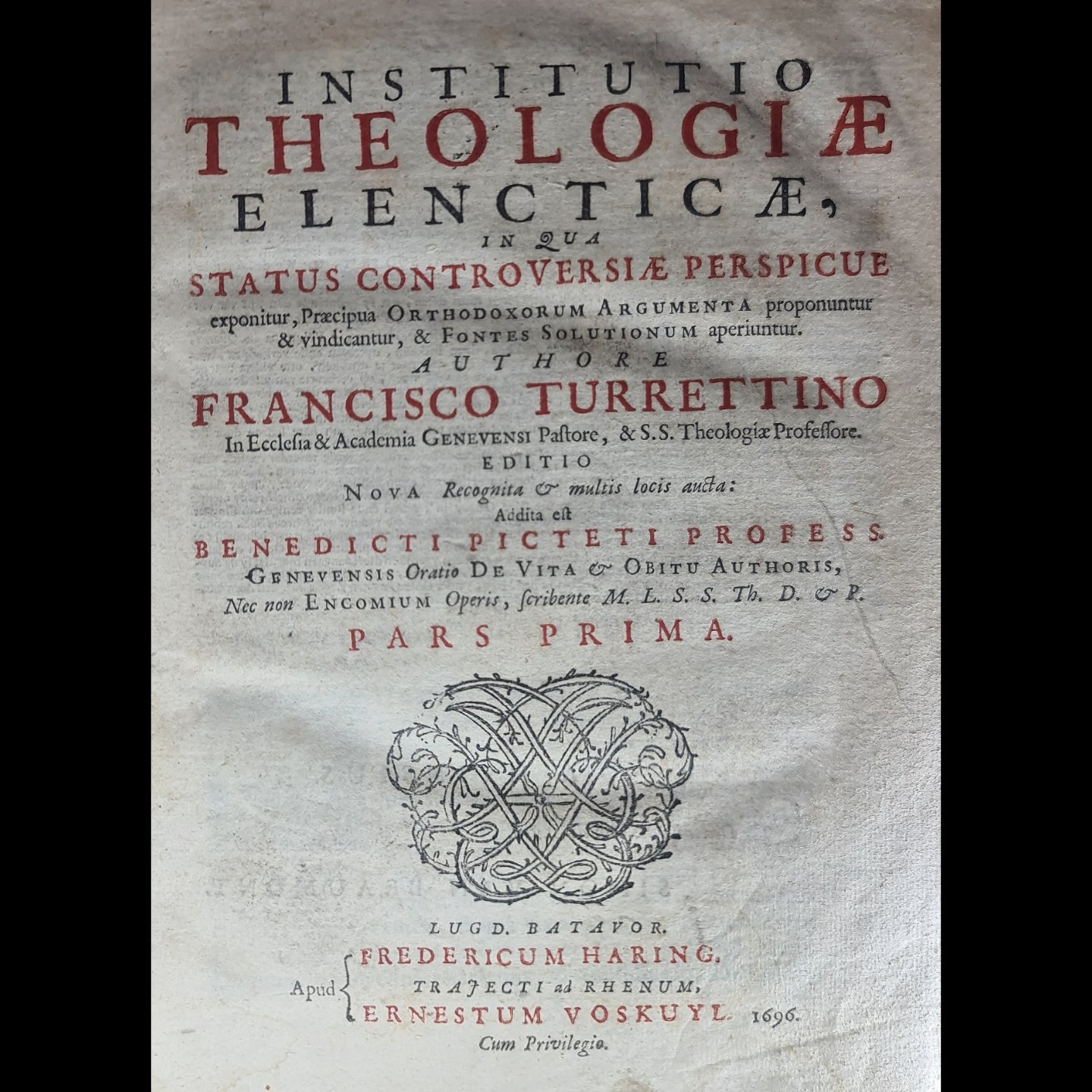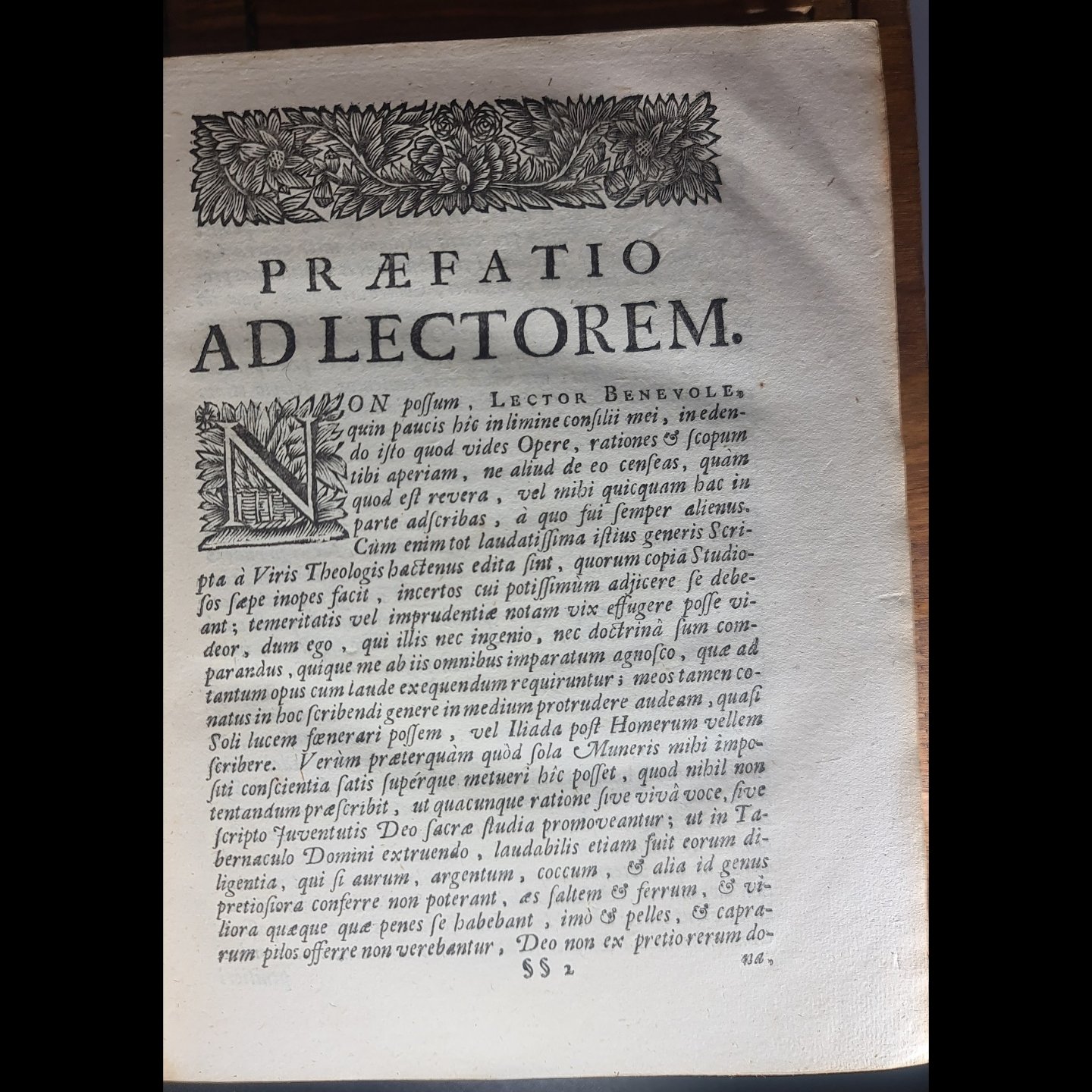 Image 1 of 32
Image 1 of 32

 Image 2 of 32
Image 2 of 32

 Image 3 of 32
Image 3 of 32

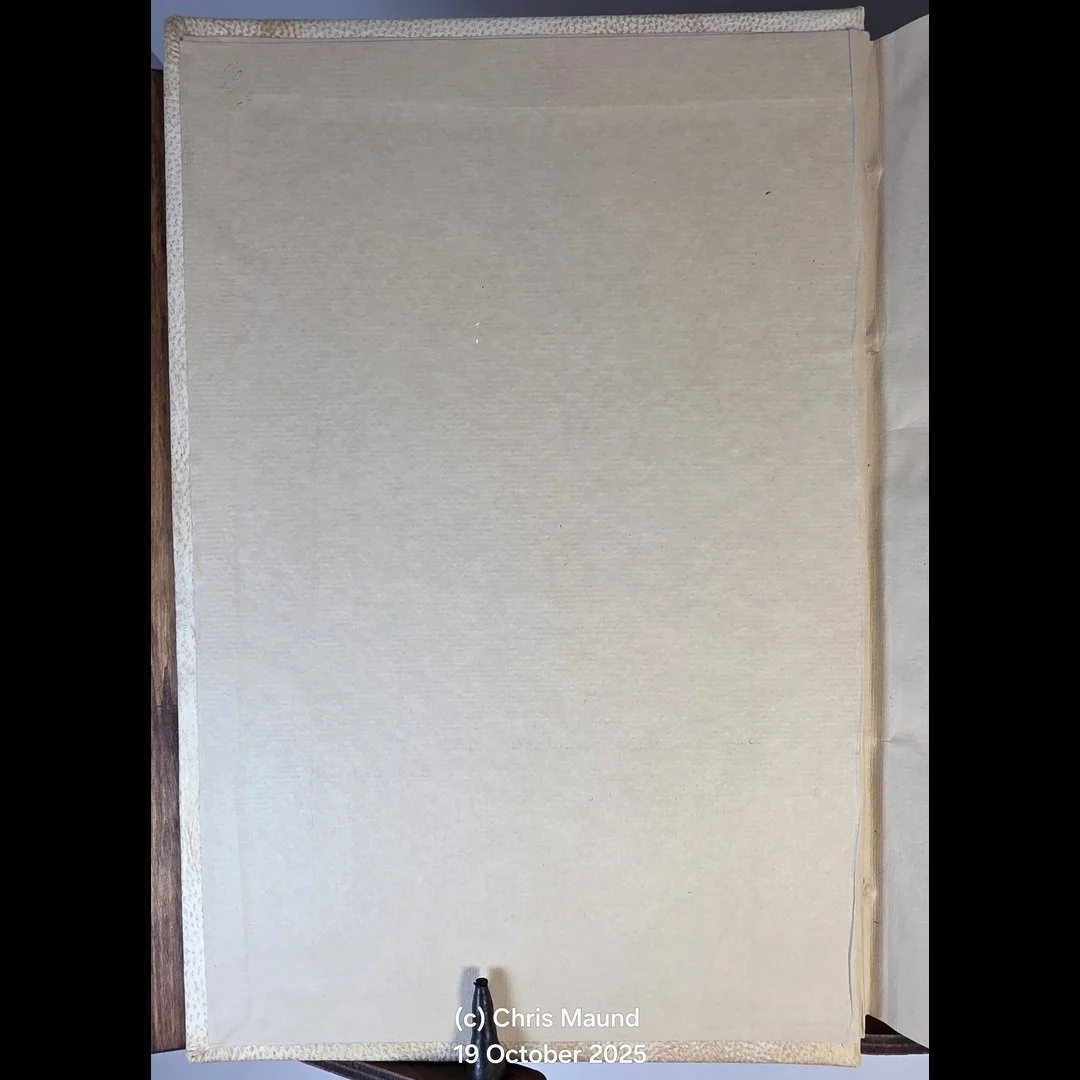 Image 4 of 32
Image 4 of 32

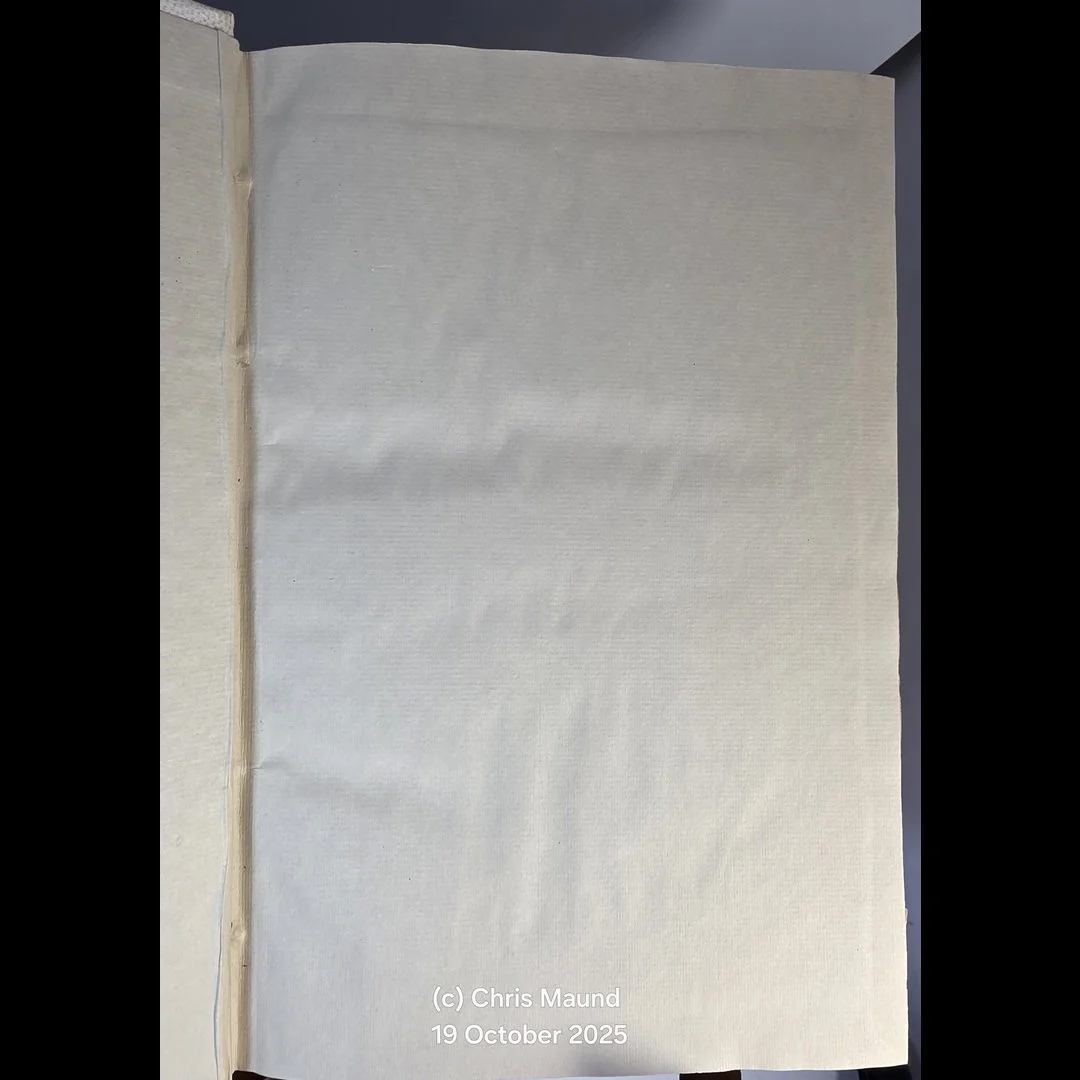 Image 5 of 32
Image 5 of 32

 Image 6 of 32
Image 6 of 32

 Image 7 of 32
Image 7 of 32

 Image 8 of 32
Image 8 of 32

 Image 9 of 32
Image 9 of 32

 Image 10 of 32
Image 10 of 32

 Image 11 of 32
Image 11 of 32

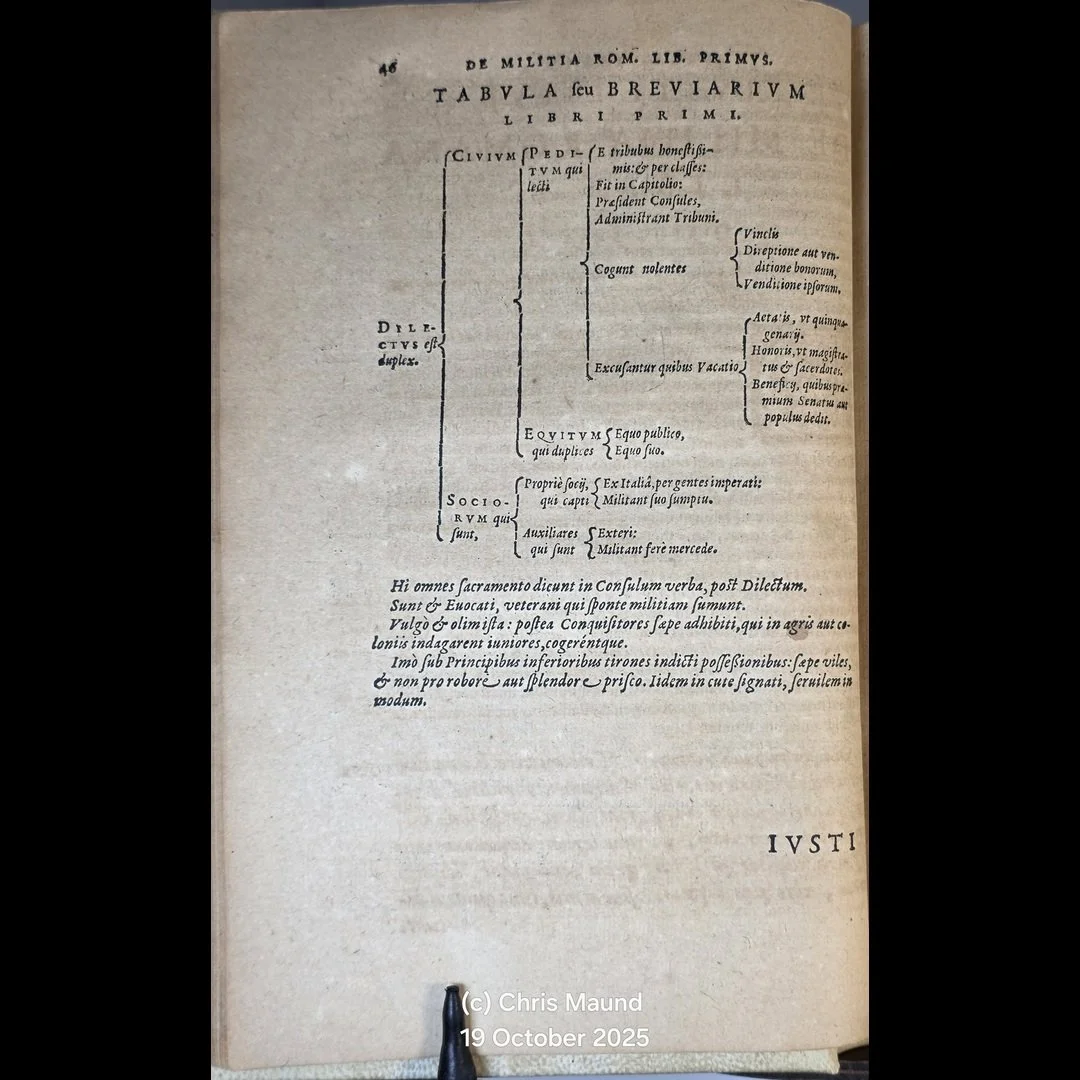 Image 12 of 32
Image 12 of 32

 Image 13 of 32
Image 13 of 32

 Image 14 of 32
Image 14 of 32

 Image 15 of 32
Image 15 of 32

 Image 16 of 32
Image 16 of 32

 Image 17 of 32
Image 17 of 32

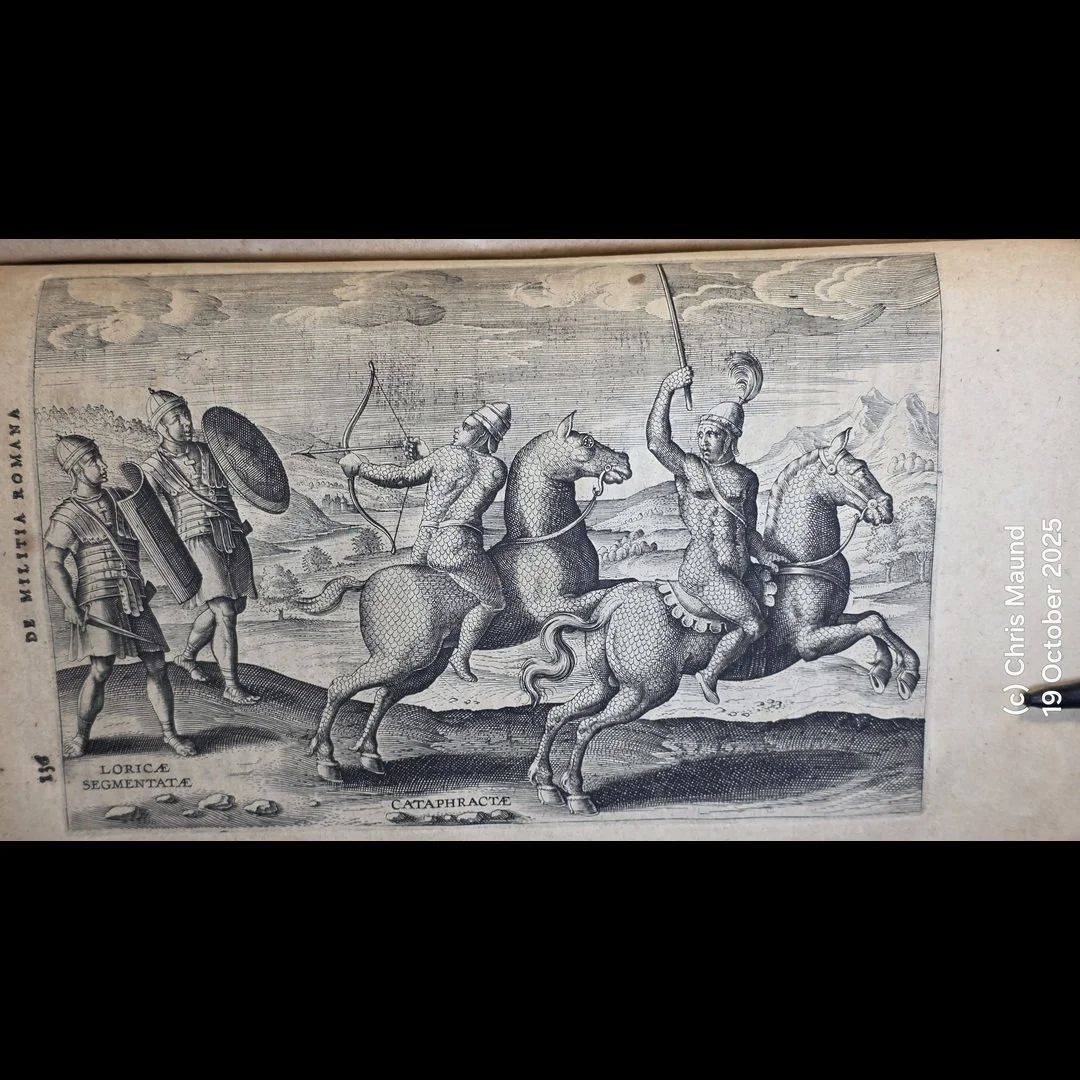 Image 18 of 32
Image 18 of 32

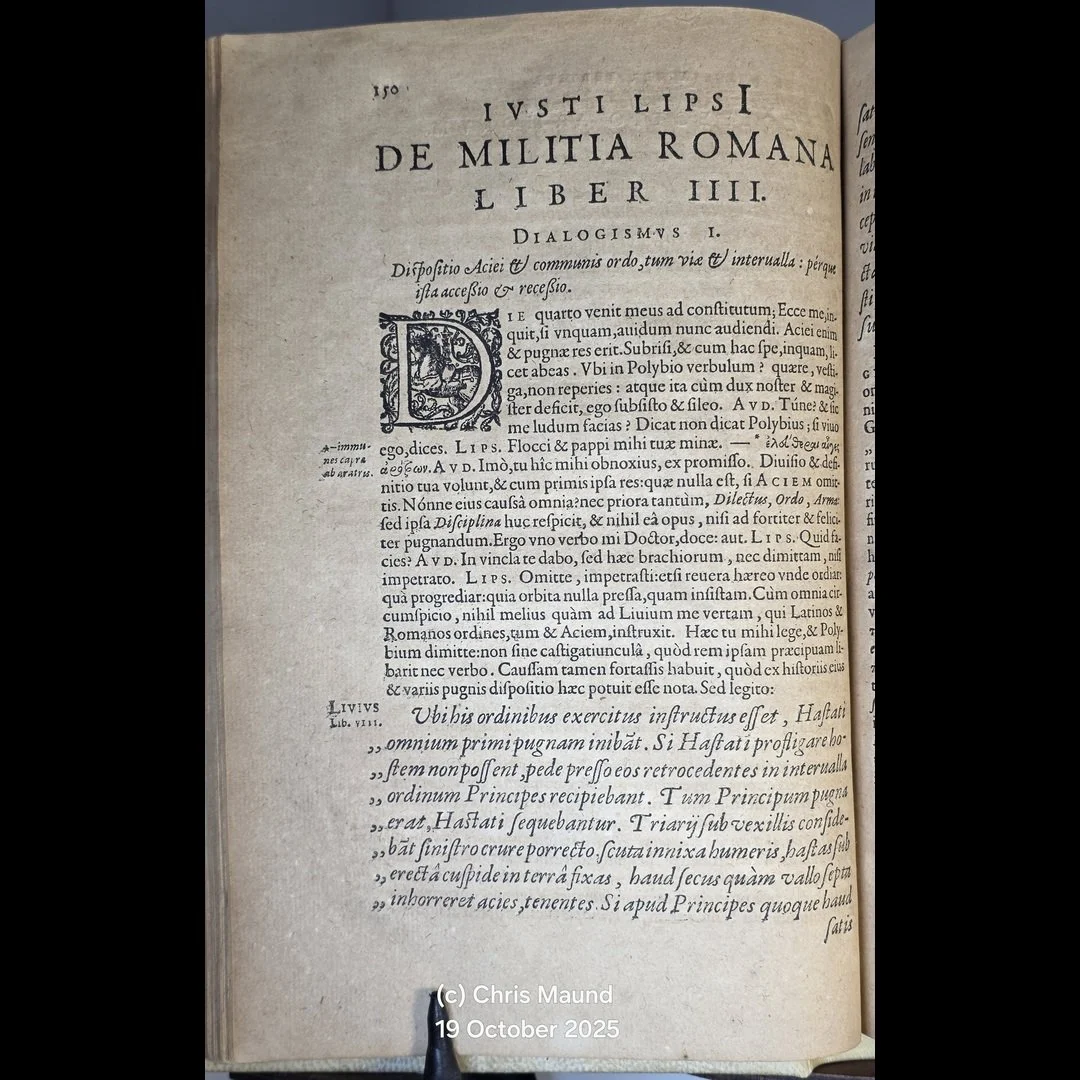 Image 19 of 32
Image 19 of 32

 Image 20 of 32
Image 20 of 32

 Image 21 of 32
Image 21 of 32

 Image 22 of 32
Image 22 of 32

 Image 23 of 32
Image 23 of 32

 Image 24 of 32
Image 24 of 32

 Image 25 of 32
Image 25 of 32

 Image 26 of 32
Image 26 of 32

 Image 27 of 32
Image 27 of 32

 Image 28 of 32
Image 28 of 32

 Image 29 of 32
Image 29 of 32

 Image 30 of 32
Image 30 of 32

 Image 31 of 32
Image 31 of 32

 Image 32 of 32
Image 32 of 32

































1602 3rd Edtn With Provenance DE MILITIA ROMANA LIBRI QUINQUE, COMMENTARIUS AD POLYBIUM By Justus (Iustus) Lipsius Illus. Theodor Galle / Pieter van der Borcht Very Good History
1602 3rd Edition , With Provenance
DE MILITIA ROMANA LIBRI QUINQUE, COMMENTARIUS AD POLYBIUM
By Justus (Iustus) Lipsius
Justus Lipsius (also Iustus Lipsius, 1547–1606) was one of the most important humanist scholars of the late Renaissance — a philologist, historian, moral philosopher, and one of the founders of Neo-Stoicism.
Illustrated By: Theodor Galle / Pieter van der Borcht
Theodor Galle (Dirck or Theodoor Galle, 1571–1633), working from designs by Pieter van der Borcht the Elder (c. 1545–1608)
Format: Vellum, quarto (4to 9+1⁄2 × 12 241 × 305),Pages 421
Language: Latin
Dust Jacket: No Jacket, Dust Jacket Condition: No Jacket
Published By: Ex Officina Plantiniana, Apud Ioannem Moretum, Antwerp
Synopsis: [Bound with:] Analecta sive Observationes reliquae ad militiam. Antuerpiae: apud Ioannem Moretum, 1602. Giusto Lipsio
First Plantin-Moretus illustrated edition of Lipsius’s classic reconstruction of the Roman army, a foundational text of early modern military science.
In De Militia Romana Lipsius (1547–1606) systematises the organization, discipline, and tactics of the legions from Polybius and other classical sources, reviving Roman practice for use in the age of gunpowder. Its companion Analecta supplies further antiquarian notes. The magnificent suite of engravings—executed under Theodor Galle from van der Borcht’s designs—represents one of the high points of the Plantin-Moretus press and the first sustained visual archaeology of the Roman army. The work was studied by Maurice of Nassau and other reformers who shaped seventeenth-century drill and tactics.
A cornerstone of Renaissance military scholarship and a beautiful product of the Antwerp engraving tradition. Complete examples with all plates and the large folding Iconismus intact are now uncommon.
S. del C. de Torrepalma - a provenance note for the Spanish noble house that held the title Conde de Torrepalma (“Count of Torrepalma”). The Condado de Torrepalma is a Spanish comital title created by King Carlos II in 1679 (royal dispatch 4 Nov 1680) for Alonso Verdugo y Albornoz. The title later passed into the Álvarez de las Asturias Bohórquez line and, by marriage and succession, connected with the Dukes of Gor. The name derives from the Torrepalma estate near Carmona (Seville). Notable holders include Alonso Verdugo de Castilla (1706–1767), 3rd Count, a diplomat, poet, and member of the Real Academia Española and Real Academia de la Historia.
SKU: BTETM0002653
Approximate Package Dimensions H: 12.5, L: 30, W: 25 (Units: cm), W: 2Kg
1602 3rd Edition , With Provenance
DE MILITIA ROMANA LIBRI QUINQUE, COMMENTARIUS AD POLYBIUM
By Justus (Iustus) Lipsius
Justus Lipsius (also Iustus Lipsius, 1547–1606) was one of the most important humanist scholars of the late Renaissance — a philologist, historian, moral philosopher, and one of the founders of Neo-Stoicism.
Illustrated By: Theodor Galle / Pieter van der Borcht
Theodor Galle (Dirck or Theodoor Galle, 1571–1633), working from designs by Pieter van der Borcht the Elder (c. 1545–1608)
Format: Vellum, quarto (4to 9+1⁄2 × 12 241 × 305),Pages 421
Language: Latin
Dust Jacket: No Jacket, Dust Jacket Condition: No Jacket
Published By: Ex Officina Plantiniana, Apud Ioannem Moretum, Antwerp
Synopsis: [Bound with:] Analecta sive Observationes reliquae ad militiam. Antuerpiae: apud Ioannem Moretum, 1602. Giusto Lipsio
First Plantin-Moretus illustrated edition of Lipsius’s classic reconstruction of the Roman army, a foundational text of early modern military science.
In De Militia Romana Lipsius (1547–1606) systematises the organization, discipline, and tactics of the legions from Polybius and other classical sources, reviving Roman practice for use in the age of gunpowder. Its companion Analecta supplies further antiquarian notes. The magnificent suite of engravings—executed under Theodor Galle from van der Borcht’s designs—represents one of the high points of the Plantin-Moretus press and the first sustained visual archaeology of the Roman army. The work was studied by Maurice of Nassau and other reformers who shaped seventeenth-century drill and tactics.
A cornerstone of Renaissance military scholarship and a beautiful product of the Antwerp engraving tradition. Complete examples with all plates and the large folding Iconismus intact are now uncommon.
S. del C. de Torrepalma - a provenance note for the Spanish noble house that held the title Conde de Torrepalma (“Count of Torrepalma”). The Condado de Torrepalma is a Spanish comital title created by King Carlos II in 1679 (royal dispatch 4 Nov 1680) for Alonso Verdugo y Albornoz. The title later passed into the Álvarez de las Asturias Bohórquez line and, by marriage and succession, connected with the Dukes of Gor. The name derives from the Torrepalma estate near Carmona (Seville). Notable holders include Alonso Verdugo de Castilla (1706–1767), 3rd Count, a diplomat, poet, and member of the Real Academia Española and Real Academia de la Historia.
SKU: BTETM0002653
Approximate Package Dimensions H: 12.5, L: 30, W: 25 (Units: cm), W: 2Kg
Very Good - Quarto (4vo). 2 works in one volume, bound with: Lipsius — Analecta sive Observationes reliquae ad Militiam et hosce libros.Contemporary-style limp vellum over boards, titled in manuscript to spine, edges sprinkled red. Engraved Plantin device on both titles; numerous full-page and folding copper-engraved plates and diagrams after Pieter van der Borcht, engraved by Theodor Galle in the Plantin-Moretus workshop, showing Roman soldiers, standards, armour, cavalry and tactical formations, including the large folding Iconismus aciei vulgatae. Small burn-mark to lower outer margins of prelims and title, plates generally crisp and darkly impressed; a tall and attractive copy.
Marginal restoration to the initial pages, including the title page. Pages (4); 366; 39; 6nn. (6).
Brunet III, 1100; Cockle 689; Graesse IV, 258; Mortimer (Harvard) 335; Adams L-824.
Please see photos as part of condition report









